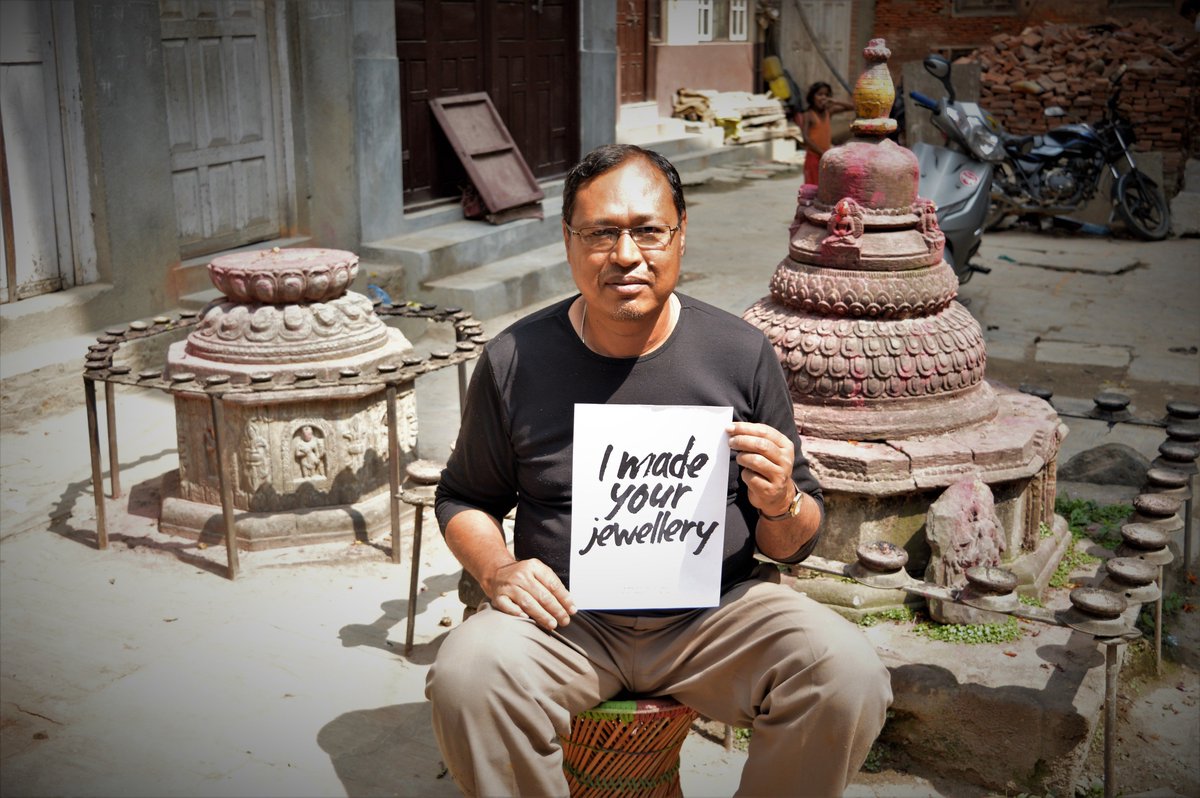This week is Fashion Revolution week (24th – 30th April 2017). The Fashion Revolution movement calls for greater transparency in the fashion industry, including the sustainability and ethics of fashion labels.
The week especially highlights the treatment of workers in the fashion industry and commemorates 4 years since the Rana Plaza factory collapse in Bangladesh on the 24th April 2013, where 1,138 people were killed and a further 2500 injured.
“If a brand doesn’t respond, keep asking. Our power is in persistence.”
The campaign calls for individuals across social media to ask brands to provide transparency in their production. Instagrammers can post a photograph of the label of an item of clothing and use the hashtag #WhoMadeMyClothes to raise awareness and and tag the featured brand to get their attention. You can also print out a #WhoMadeMyClothes poster and share a selfie to promote the cause using the following link.


Fast fashion and Instagram culture only fuels the lack of humanity of the fashion industry, one Asos order at a time we forget who sewed the labels on our clothes and fixed the hems working a 12 hour day. But there are alternative, many an Australian brand is turning their gaze to sustainable production or even crafting their wares on home soil. Take Woodfolk Accessories a Bondi based jewellery brand that works with artisans in Nepalese communities collaboratively. By instating partnerships and upskilling the local community, the craftsman are able to practice their skill, earn a living far beyond the median and pass their craft on to new generations; all while having their tools provided and their product lovingly sold on. Social entrepreneurship with a wearable prize at the end.
Wondering just how little Nepalese workers get paid regularly? A measly $304.25 per month. Woodfolk pay its partner makers up to five times this amount, enabling artisans to change their socioeconomic status one creation at a time. And while many a business struggles to deal with growth with a small team, Woodfolk’s partnership model presents a great amount of opportunity for the community to fill this skill and create.

Tracing the supply chain shouldn’t be difficult and it’s a real issue for mindful consumers, to cut through the mass production and support sustainable enterprises isn’t all that accessible. So let’s slow it down, leave fast fashion on the rack and buy authenticity first and foremost.
The Fashion Revolution team also published the 2017 Fashion Transparency Index, a compilation of rankings and statistics of the transparency in sustainability and labour welfare for the 100 biggest fashion brands. Find out how your clothes stack up here.
So, do you know who made your clothes?
This piece was originally published on here, on Kindlings.co
Image source: FashionRevolution.org.


